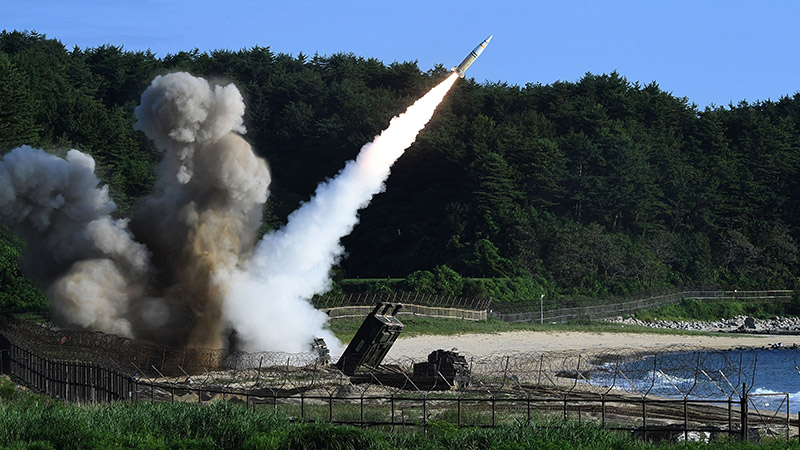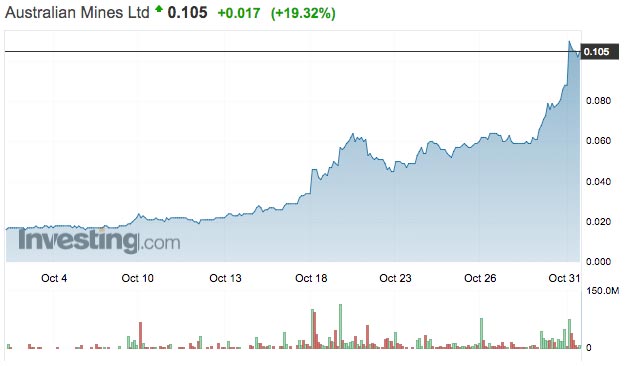Australian Mines rockets 44pc after confirming cobalt credentials

(Getty Images)
Investors jumped onboard Australian Mines today after its Flemington cobalt, scandium and nickel project was revealed as part of the same deposit as Clean TeQ’s world-class Syerston project.
Syerston has one of the world’s biggest and highest-grade scandium deposits and is one of the biggest undeveloped nickel and cobalt resources outside Africa.
Flemington is about 450km north-west of Sydney.
Flemington’s maiden mineral resource confirms the ore body is a direct continuation of the Syerston ore body — separated only a tenement boundary.
The news sent Australian Mines (ASX:AUZ) shares soaring 44 per cent to an intraday high of 13c in Tuesday morning trade.
The shares had settled back to 10.5c by lunchtime.

Cobalt is used in making rechargeable batteries for electric cars and thermally resistant super alloys for industry and aircraft engines. Demand for electric car batteries is expected to drive demand for cobalt eight-fold by 2025.
Stainless steel accounts for 70 per cent of global nickel demand — though it is also used in electric car batteries. Scandium is used in alloys and in high-intensity electric lamps.
Flemington’s resource was measured at at 2.7 million tonnes grading at 0.101 per cent cobalt and 403 parts per million scandium for 2744 tonnes of cobalt and 1090 tonnes of scandium.
Syerston contains 132,000 tonnes of cobalt and 19,222 tonnes scandium.
Australian Mines believes the Flemington resource could be much bigger. The present resource area covers only about 1 per cent of the interpreted prospective host geology.
A resources expansion drilling program will now get underway using multiple rigs.
Australian Mines also owns the Sconi project in Queensland. A pre-feasibility study in 2013 found the project could produce 50 tonnes of high purity scandium oxide per year over 20 years, and generate an average EBITDA of $59 million per annum.
Australian Mines has a market cap of $265 million.
UNLOCK INSIGHTS
Discover the untold stories of emerging ASX stocks.
Daily news and expert analysis, it's free to subscribe.
By proceeding, you confirm you understand that we handle personal information in accordance with our Privacy Policy.








